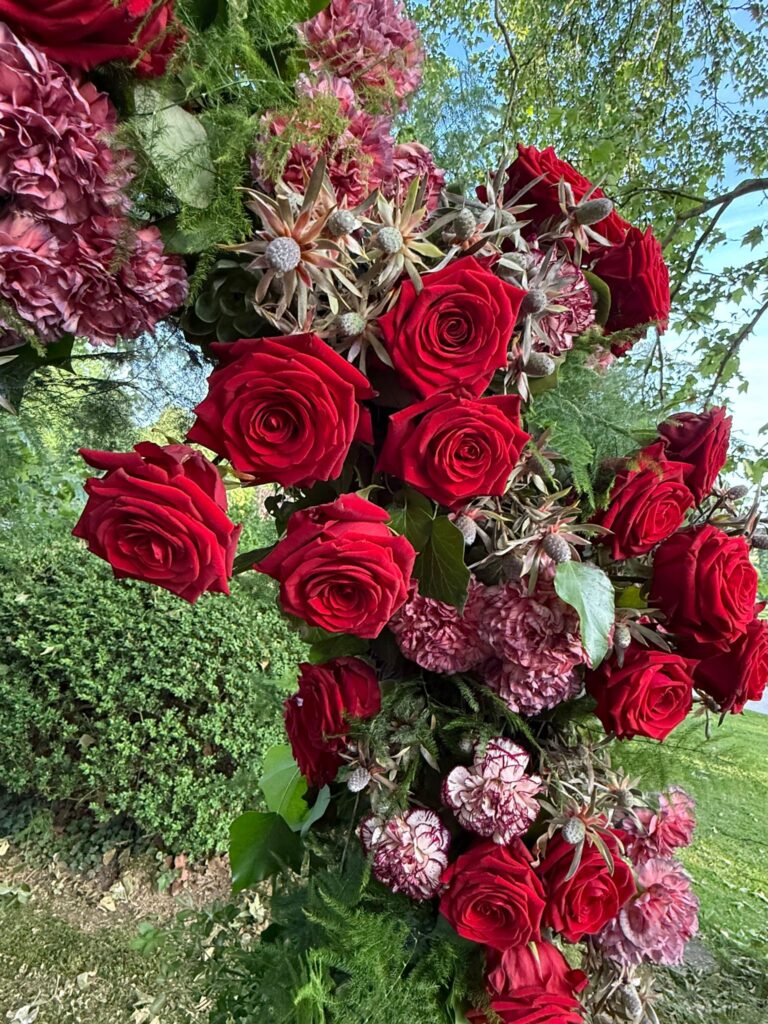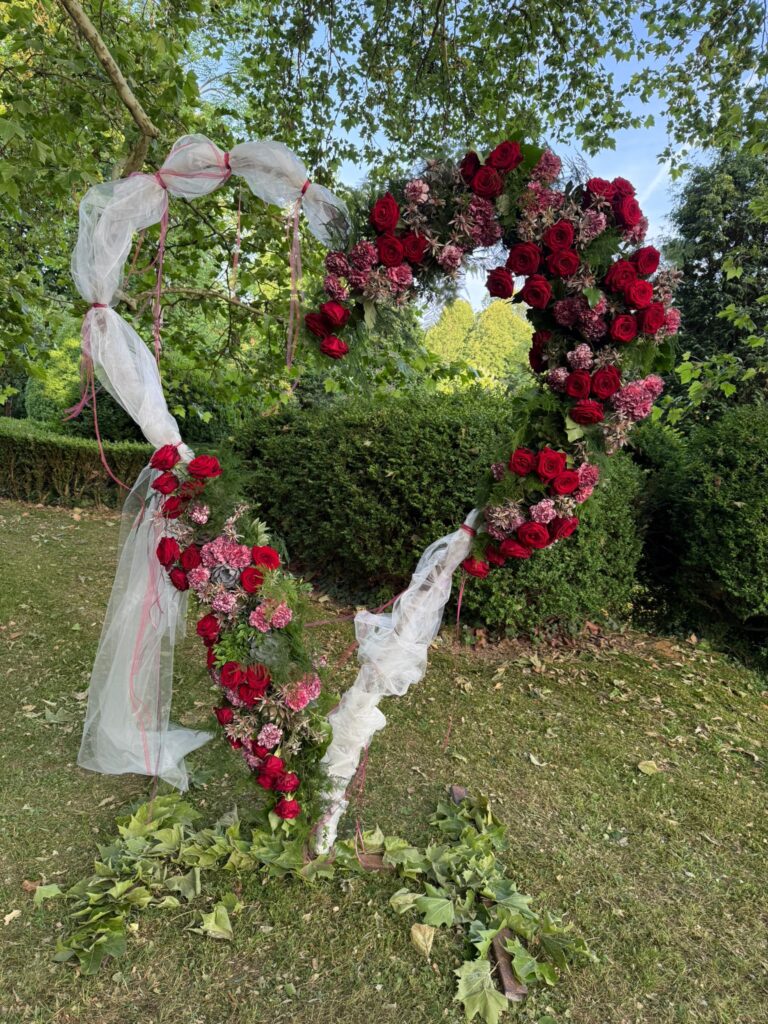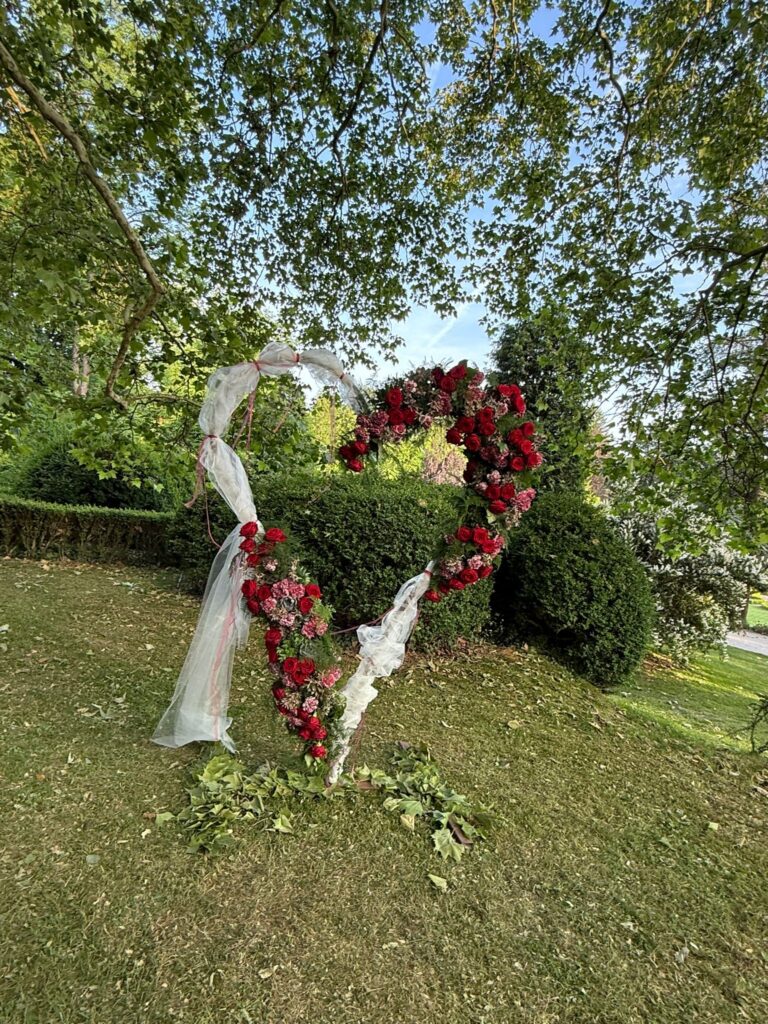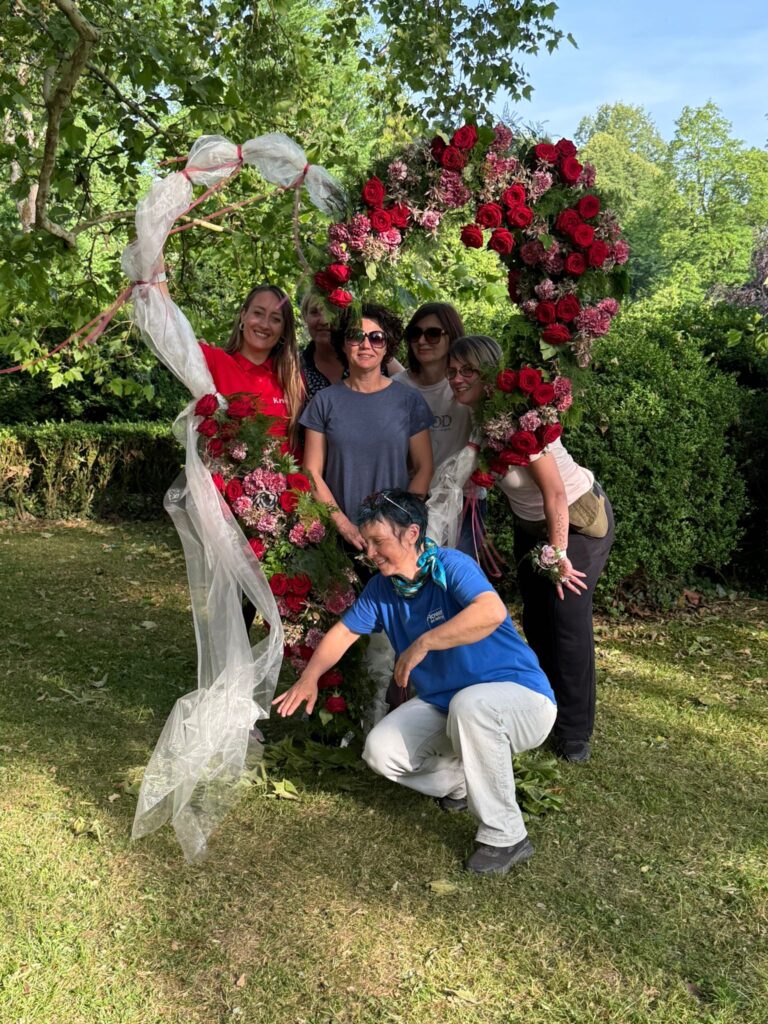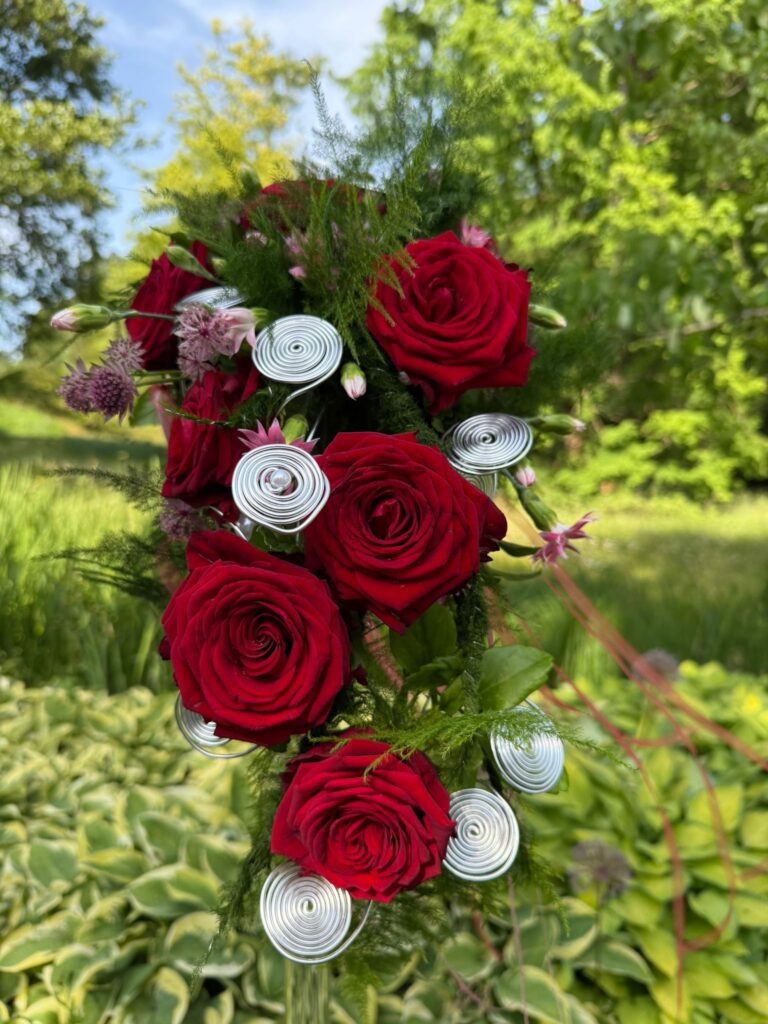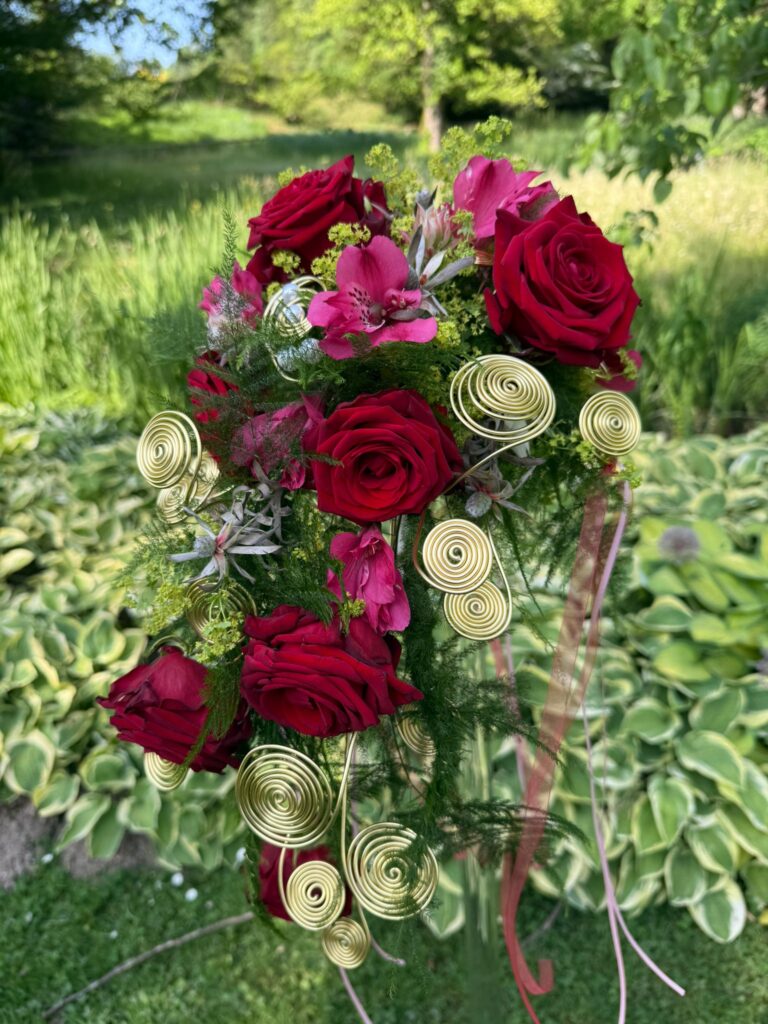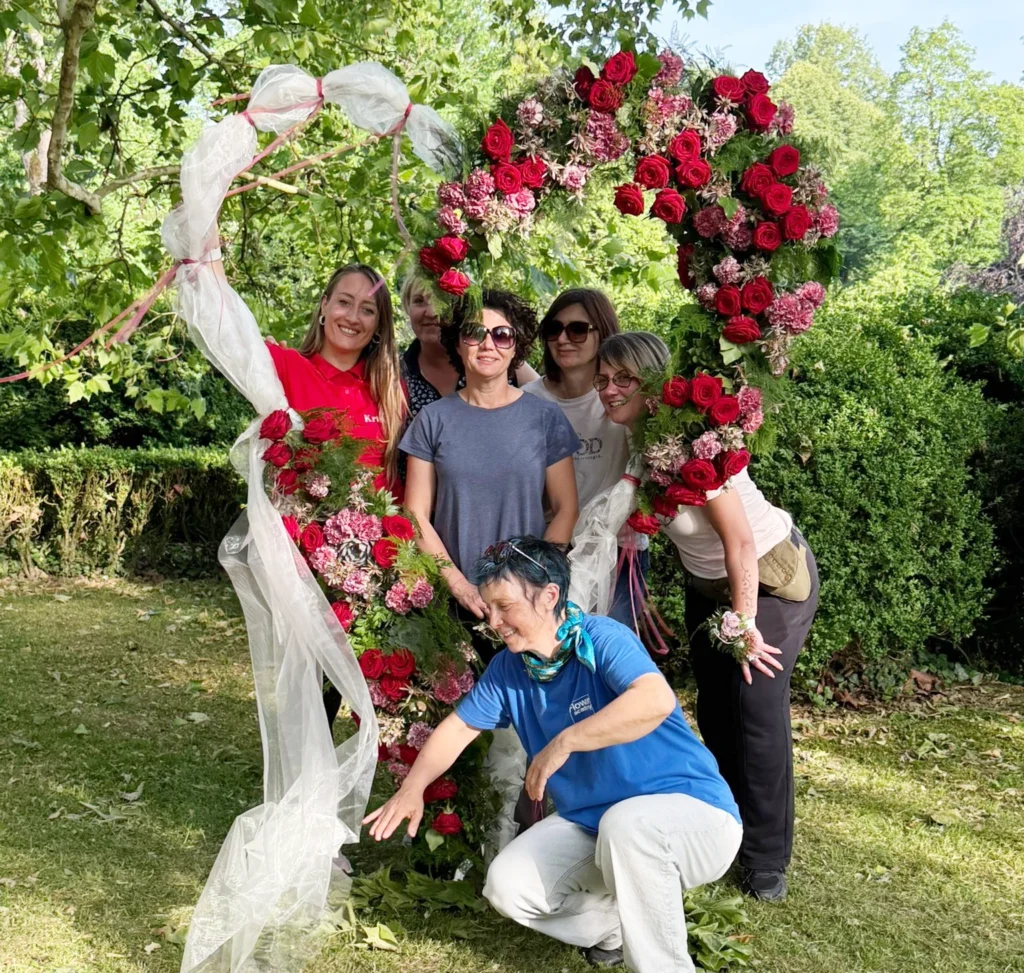
An author, speaker, and exhibition curator, Dr. Sabina Šegula believes floristry should tell personal stories, especially through wedding designs. For her, floristry is a way of life, guided by the motto: “The greatest pleasure in life is doing what people say you cannot do.”
We had a chance to chat with Dr Sabina after a Seminar on Wedding Floristry she conducted recently, where her students created several floral arrangements; including a heart-shaped wedding arch and bridal bouquets using Porta Nova Red Naomi roses.
Let’s get to know more about Dr Sabina
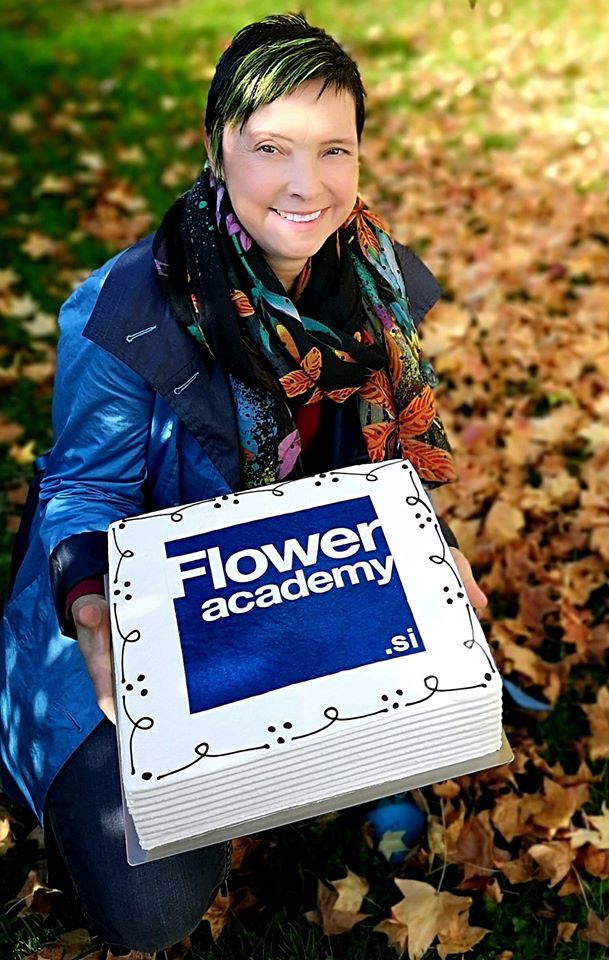
Dr. Sabina Šegula began her floristry journey at Slovenia’s largest flower shop, where she worked for seven years and served as manager. Passionate about education, she spent two decades teaching floristry, horticulture, and marketing while earning her PhD from the University of Ljubljana, with a focus on the economics of ornamental plant production.
In 2019, Dr. Šegula founded Floweracademy.si to raise the standard of floristry education in Slovenia. With no local master-level programs, she trained abroad—earning her Masterflorist title in Sweden and wedding certification in Germany with Wally Klett. Her wedding work, often using local, seasonal flowers like sedum, symbolizes lasting love.
A certified FlorCert expert and board member, she prepares candidates for international exams through the Balkans’ only private floristry school, which offers FlorCert certification. Internationally, she’s known for her Easter and Christmas designs at the Vatican, including the Pope’s balcony. She also led a national ornament project during the pandemic and coordinates Erasmus programs with free training and internships.
How can you describe Wedding Floristry in Slovenia?
Weddings in Slovenia are very diverse, but what is noticeably lacking is a strong floral culture. Too often, the flower budget is one of the last priorities in wedding planning. Florists, not wanting to lose clients, end up adjusting the decorations to fit the limited budget, even if the final result does not meet the aesthetic standards it should. Unfortunately, the trend seems to be moving toward very simple decorations, with minimal techniques used. This, in my opinion, is a core issue: it lowers the perceived value of floral design and creates the impression that little knowledge or skill is needed to create wedding decorations.
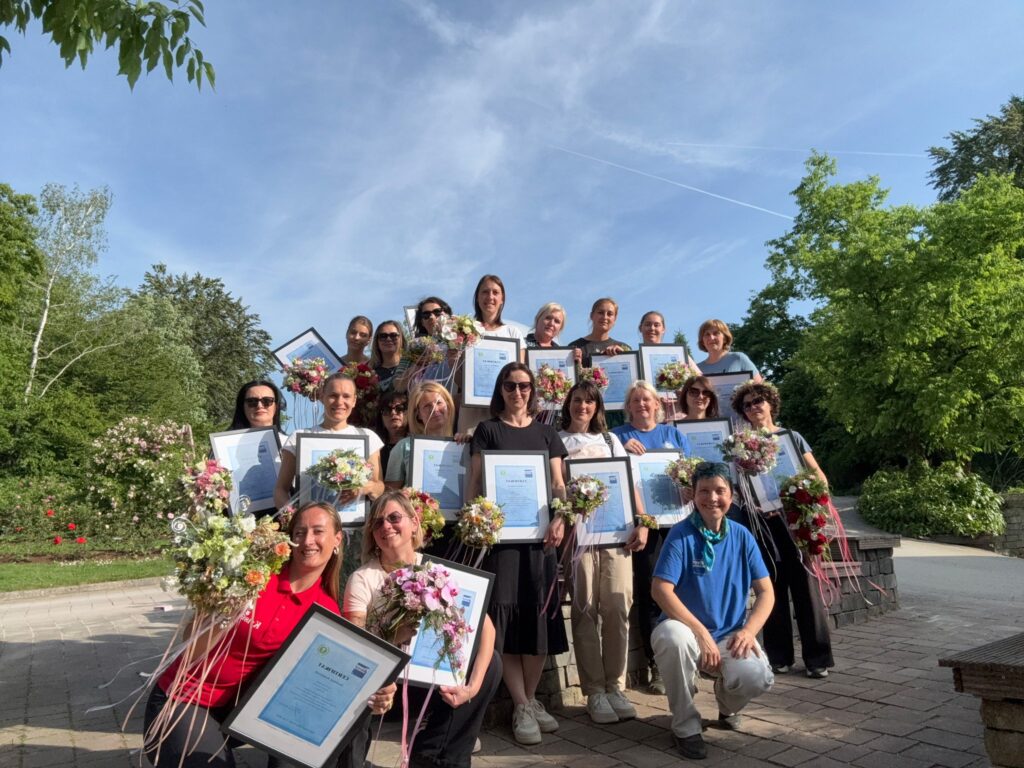
The main issue is a lack of knowledge. Trained professionals can explain the value of bridal bouquets and floral design, but the market is split. Some clients appreciate advanced design, others see flowers as just an add-on. Floristry is hardly visible at wedding fairs, showing a wider lack of floral culture. That’s why my seminars attract florists eager to grow and stay competitive. Trends often reflect a florist’s skill level, like the continued use of round, hand-tied bouquets due to limited technical training.
What important floristry techniques did the students get a chance to learn when creating the wedding heart arch and the bridal bouquet?
At my seminars, we don’t work with templates—instead, I present a variety of techniques using different types of flowers. Throughout my career, I have collaborated with Smithers-Oasis in both Slovenia and Germany, who support my educational work with their products. All participants are introduced to various floristry techniques, which I demonstrate step by step. One of the most important elements is proper flower preparation.
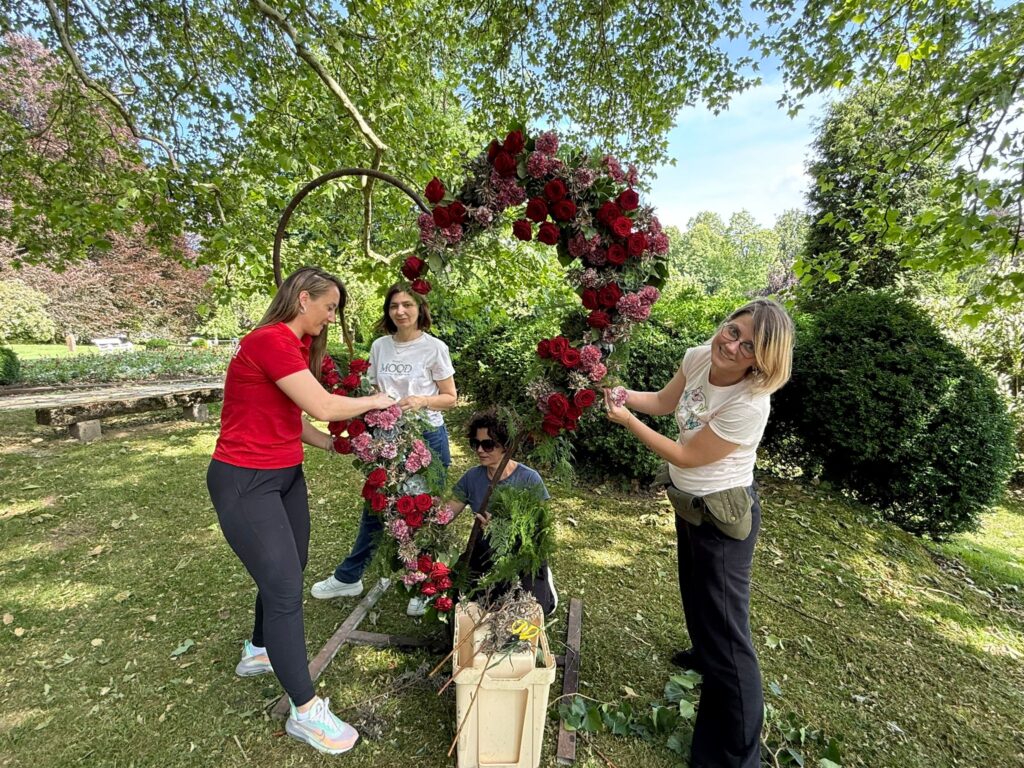
The first step is to prepare clean, disinfected containers filled with water enriched with flower food. The flowers are then cleaned carefully—when preparing roses, it’s crucial not to damage the stems, as wounds release plant sap that feeds bacteria in the water. Before placing the flowers in water, stems must be cut at an angle using a sharp, disinfected knife. I also always apply Quickdip, a hydrating and disinfecting solution that opens the vascular system and eliminates bacteria from the stem ends. Only after this step do we place the flowers in nutrient-enriched water. All my participants learn this process. At this seminar, the method was also demonstrated by Igor Jaklič, the representative of Smithers-Oasis Slovenia.
What is the magic behind getting the right shape and keeping the flowers fresh and hydrated?
The participants at this seminar had various levels of experience. For the Porta Nova Red Naomi roses, I selected the most advanced group, as I wanted these flowers to stand out and not get lost among the other varieties. The cascading roses were individually wired, and cotton padding was added to the stem ends. Once secured, the padding was soaked and covered with floral tape.
The other roses were inserted into the Lady holder and properly wired as well. For the heart-shaped installation, these same participants teamed up and used a special wiring technique with floral foam. We tested a new product from Smithers-Oasis for the first time.
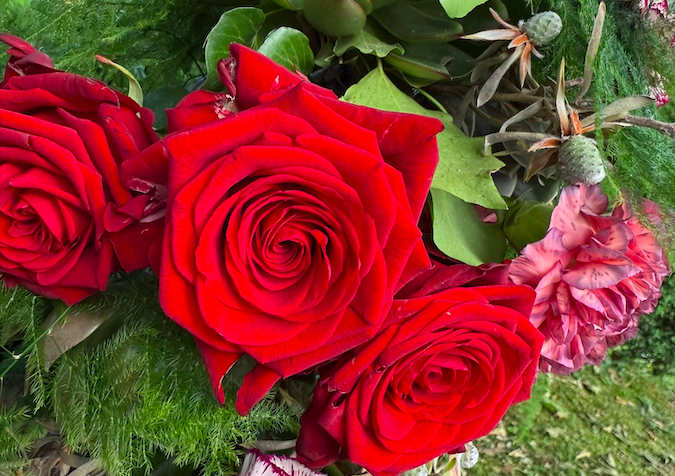
Since the heart was on display at Arboretum Volčji Potok for an entire week during the Rose Festival, we wanted to ensure the roses had long vase life. The florists used whole floral foam bricks, first soaking them in water with cut flower food. They then wrapped the foam in a thin layer of PVC film and secured it with chicken wire. Using electrical zip ties, they attached the base and began decorating.
We love the texture and visual of the bridal bouquets. Walk us through the mix of Porta Nova Red Naomi and the other elements.
When selecting flowers, I always emphasise the importance of understanding the roles they play in an arrangement. Some flowers take on the position of kings and queens, others act as generals offering support, and the rest serve as the army or supporting staff. Once seminar participants understand the character of each flower, they can combine them more skillfully and meaningfully.
In bridal bouquets featuring roses, the leading role, naturally, was taken by the queenly Porta Nova Red Naomi roses. Complementing them was a carefully chosen selection of other flowers, along with a more creative use of decorative Smithers-Oasis aluminum wire. In these particular bouquets, the wire itself played the role of the generals.
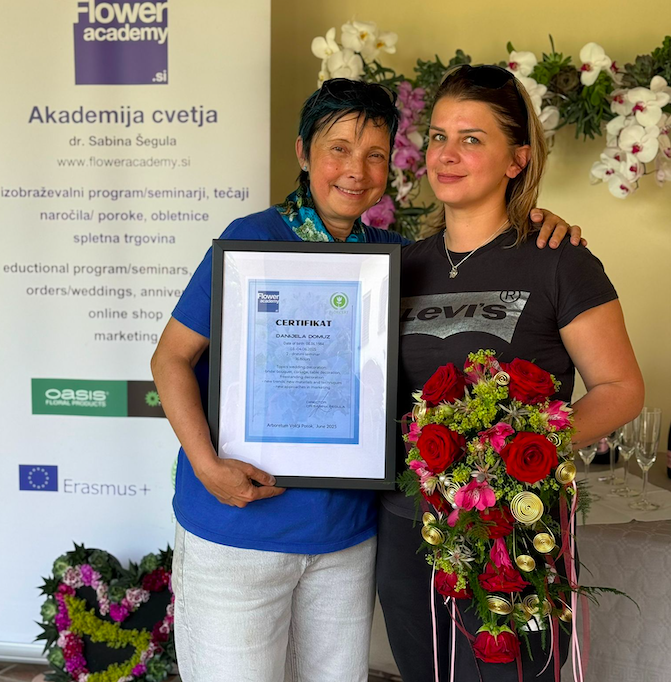
In the bouquet featuring gold wire, the main supporting flower was Alstroemeria ‘Tesslaar’, with Alchemilla mollis, Asparagus plumosus, and Leucadendron serving as filler and background structure. In the silver wire bouquet, Asparagus plumosus was used in larger quantities, and the finishing touches—the “stars” of the arrangement—were the multi-flowered blooms of Dianthus and Astrantia
The two participants working on the rose bouquets used this opportunity as part of their preparation for international certification—one for the Masterflorist level, and the other for the Journeyman Certificate through FlorCert.
